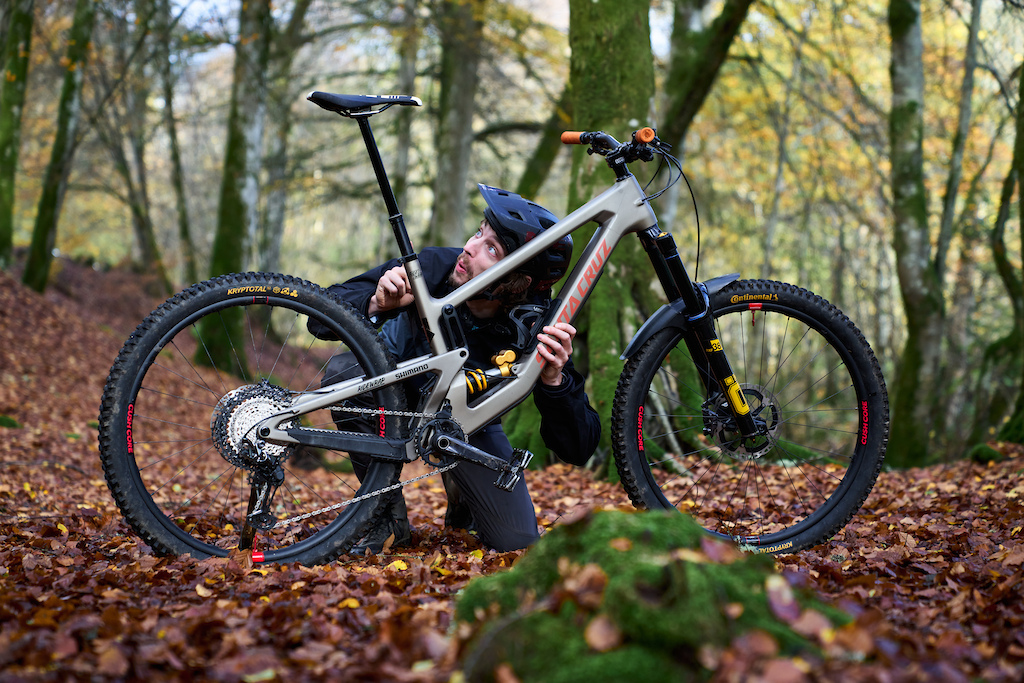In recent years, the cycling industry has experienced an exhilarating surge, transforming from a niche hobby into a thriving movement. As urban landscapes evolve and environmental consciousness grows, more individuals are swapping cars for bikes, opening a world of opportunities for aspiring entrepreneurs.
But how does one navigate this dynamic terrain? From establishing a unique brand identity to maximizing customer engagement, the journey to grow a small business in this competitive sector is both challenging and rewarding. Whether you’re launching a boutique bike shop, an innovative accessory line, or a captivating cycling app, strategic planning and a deep understanding of market trends are essential.
In this article, we will explore practical steps and insightful strategies to help you pedal your business to new heights, ensuring it not only survives but thrives in the bustling cycling ecosystem.
Introduction to the Cycling Industry

The cycling industry has experienced a remarkable resurgence in recent years, fueled by a growing awareness of health, environmental sustainability, and the sheer thrill of riding. From urban commuters weaving through city streets to mountain bikers navigating rugged trails, cyclists represent a diverse demographic marveling at the fusion of fitness and freedom.
Small businesses, whether they offer specialty bikes, unique accessories, or guided tours, find themselves at the heart of this vibrant community. However, entering this competitive landscape requires more than just a passion for cycling; it demands a keen understanding of market trends, customer preferences, and strategic marketing. As you embark on your journey in the cycling industry, the road may be winding, but with the right approach, every pedal stroke can lead to success.
Identifying Your Niche
Identifying your niche within the cycling industry is akin to finding the perfect path on a winding trail—you must balance passion, expertise, and market demand. Start by assessing your personal interests: Are you drawn to high-performance road bikes, adventurous mountain biking, or perhaps the growing realm of e-bikes? Dive deep into current trends; explore popular subcultures, such as fat biking or bikepacking, that may not yet have saturated the market. It’s vital to evaluate your competition, honing in on gaps that others overlook.
For instance, consider local cycling communities or underserved demographics, like families seeking kid-friendly cycling options or older individuals looking for accessible rides. Ultimately, the sweet spot emerges where your enthusiasm collides with a unique opportunity—a space where you can not only thrive but also create meaningful connections with your customers.
The journey to identifying your niche may twist and turn, but the rewards of carving out your own distinct corner of this vibrant industry can be immense.
Building a Strong Brand Identity

Visual elements like your logo, color scheme, and typography are crucial; they should not only be memorable but also reflect the essence of cycling—freedom, adventure, and sustainability. Leverage storytelling to inspire and connect with your customers; share your journey, the challenges youve faced, and the triumphs that keep you pedaling forward.
Engage on social media, showcasing your products and the lifestyle they embody, but don’t forget the power of consistency—whether it’s your messaging, visuals, or customer interactions, everything should align harmoniously. Ultimately, a robust brand identity does more than sell products; it cultivates relationships that transform one-time buyers into lifelong advocates for your cycling venture.
Conclusion

In conclusion, successfully growing a small business in the cycling industry requires a strategic blend of passion, innovation, and community engagement. By focusing on understanding market trends, providing exceptional customer service, and leveraging digital marketing, entrepreneurs can carve out a niche in this competitive landscape.
Collaborating with industry partners, like CT Group, can also open doors to new opportunities and resources, further enhancing your business’s growth potential. As the cycling community continues to thrive, those who adapt and remain committed to their vision will undoubtedly find success, paving the way for a prosperous future in this dynamic sector.




